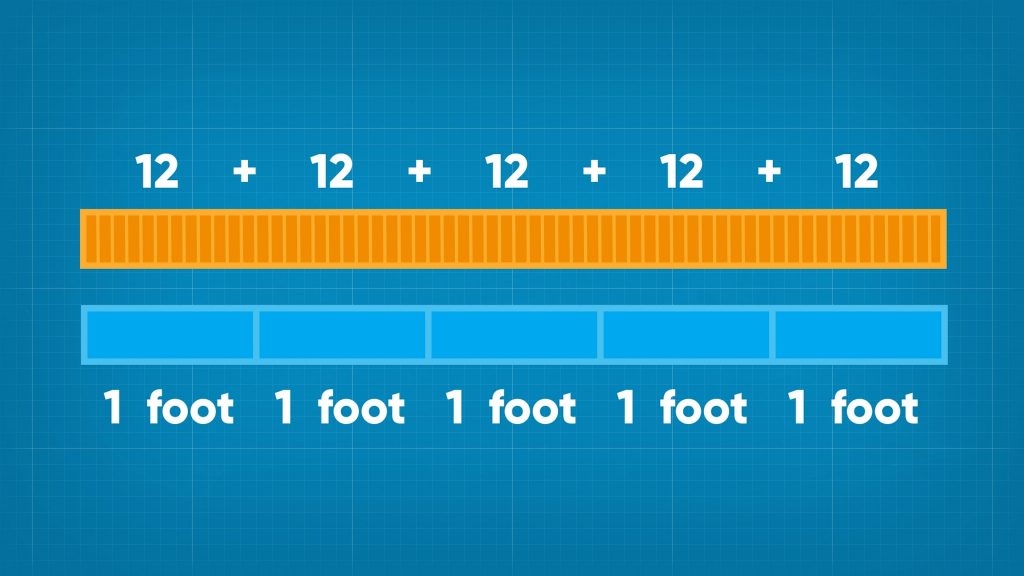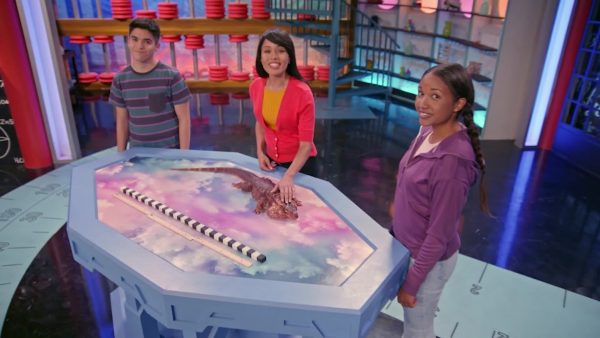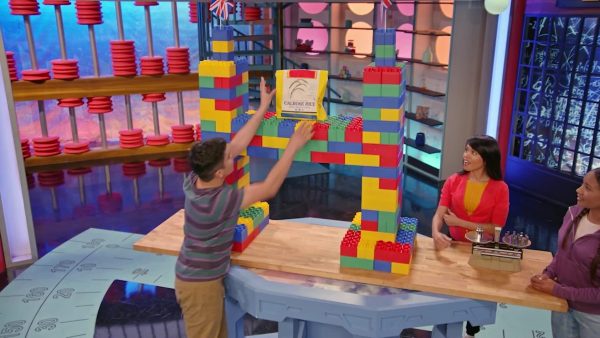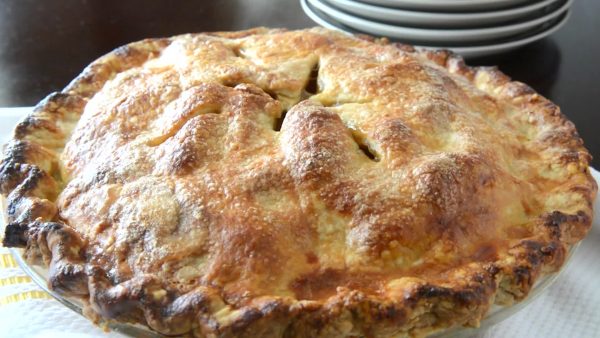
You can convert between units to solve problems involving measurement.
To better understand converting units of measurement…
LET’S BREAK IT DOWN!
The Imperial System of ft and in.: Iguanas

Converting units of length can help you determine if your iguana will fit inside the tank when he is fully-grown. Suppose April has a tank that is 36 inches long. She wants to know if the iguana will fit in the tank when he grows to 6 feet long. We can figure this out by finding how many inches are in 6 feet. Each foot is 12 inches. So, in 6 feet there are 12 + 12 + 12 + 12 + 12 + 12 = 72 inches. Repeated addition is multiplication, so we could also multiply 6 × 12 = 72 inches. We get the same answer. The tank is 36 inches long and the iguana will be 72 inches long, so the tank will not be big enough. Now you try. Suppose Marcos gets a spiney-tailed iguana that only grows to about 36 inches. Will a tank that is 4 feet long be big enough for his iguana?
Imperial Weights: Bridges!

Converting units of weight can help you decide how much weight a bridge can hold. Suppose Marcos made a bridge from blocks that can hold a rock that weighs 32 ounces. He wants to know how many pounds the bridge can hold. There are 16 ounces in 1 pound. We can break 32 into groups of 16. 16 + 16 = 32. There are 2 groups of 16 in 32. Each group is 1 pound, so 32 ounces is the same as 2 pounds. Making equal groups of 16 is the same as dividing. We could divide 32 by 16. We get the same answer, 2. His bridge can hold 2 pounds. Now you try. Suppose Marcos builds another bridge that can hold a bag of flour that weighs 80 ounces. How many pounds can the bridge hold?
Metric Distance of cm, m, and km: Bike Rides
Pie/Division

Converting metric units of mass can help you make an apple pie. Let’s say you need 500 grams of sugar for apple pie filling. You can weigh the sugar on a scale, but the scale only measures in kilograms. We can find how many kilograms of sugar you need for the pie so you can use the scale. There are 1,000 grams in 1 kilogram. We need to convert grams to kilograms, so we are converting from a smaller unit to a larger unit. We can divide. When we divide by powers of 10, we can move the decimal point to the left. Dividing by 1,000 is like dividing by 10 three times. So, we can move the decimal point 3 places to the left. 500 divided by 1,000 is 0.5. You need 0.5 kilogram of sugar. Now you try. Suppose you need 700 grams of flour for the pie crust. How many kilograms of flour do you need?
CONVERT UNITS OF MEASUREMENT VOCABULARY
CONVERT UNITS OF MEASUREMENT DISCUSSION QUESTIONS
How do you convert 7 feet to inches? How many inches are in 7 feet?
How did you know to multiply when converting from feet to inches?
How do you convert 80 ounces to pounds? Explain how you know.
Which is longer, 1.2 meters or 121 centimeters? How do you know?
How can you remember to use the number 1,000 to convert grams to kilograms and kilograms to grams?
Skip, I will use a 3 day free trial
Enjoy your free 30 days trial
We use cookies to make your experience with this site better. By using this site you agree to our use of cookies. Click "Decline" to delete and block any non-essential cookies for this site on this specific property, device, and browser. Please read our privacy policy for more information on the cookies we use.Learn More
We use cookies to improve your experience. By using this site, you agree to our use of cookies. Click "Decline" to block non-essential cookies. See our privacy policy for details.Learn More





